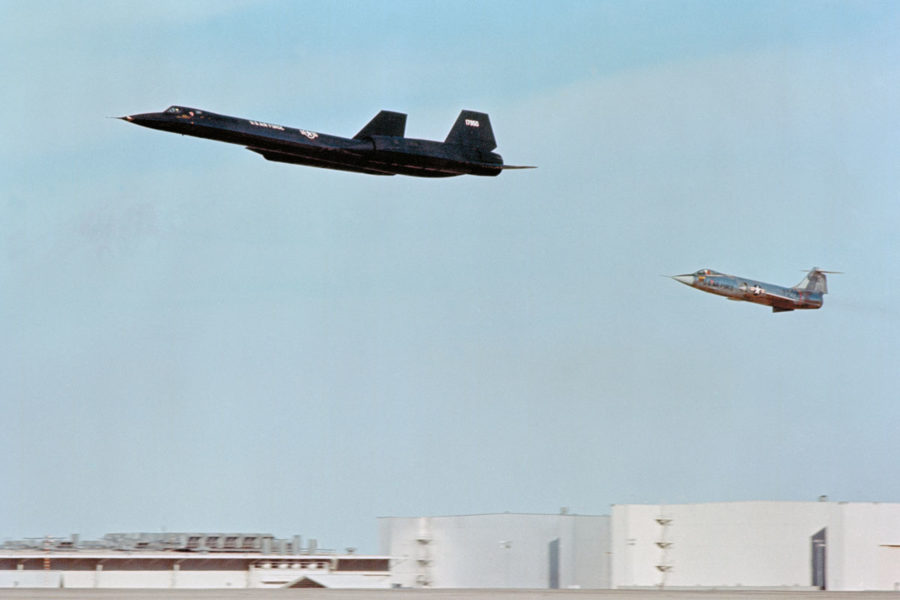At Palmdale, Calif., company test pilot Bob Gilliland makes the first flight of the Lockheed SR-71, a high-altitude reconnaissance aircraft, and attains a speed of Mach 1.2. Universally known as Blackbird, the SR-71 became legendary almost instantly. It was top secret; it flew higher, faster, and farther than any operational aircraft in history; it covered enemy territory with impunity; it was invulnerable to surface-to-air missile attacks; and it was unapproachable even by interceptors as advanced as the Soviet MiG-25. The SR-71s logged a combined total of 53,490 hours of flight time, of which 11,675 had been spent at Mach 3+. The aircraft were flown on 3,551 operational sorties totaling more than 17,294 hours, during which more than 1,000 surface-to-air missiles had been fired at them—they all missed. The Blackbird was officially retired on January 25, 1990, then brought out of retirement in 1995, but never flew again operationally. The last flight of an SR-71, a NASA research aircraft, came on October 9, 1999.
The 301st Fighter Wing in Fort Worth, Texas, became the first standalone Reserve unit in the Air Force to get its own F-35s, welcoming the first fighter Nov. 5.
